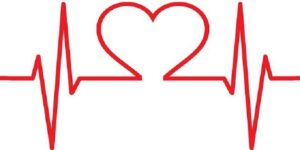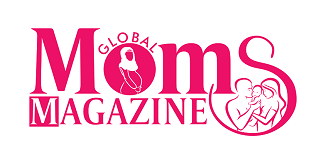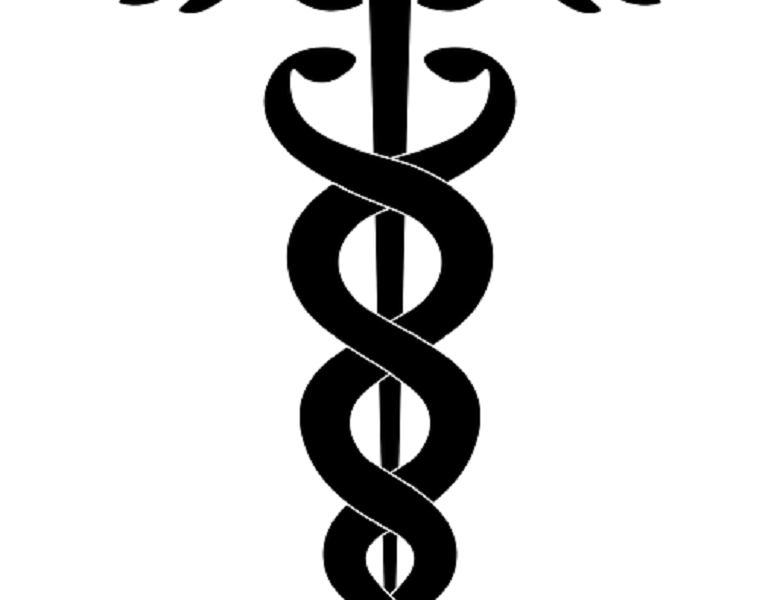To become a doctor, students must complete a four-year undergraduate program followed by four years of medical school. After graduating from medical school, there’s another three to seven years of residency which may or may not be followed by a fellowship. All told, it takes a minimum of ten years to become a fully licensed doctor. There are a lot of things to learn during those years, but some of the things medical professionals encounter on a daily basis aren’t even on the curriculum.
Take the universal medical symbol, for example – a snake twined around a rod. This symbol can be found on textbooks, prescription pads, and even the coveted white coat, but what does it mean? Read on to learn everything you’ve ever wanted to know about the universal medical symbol.

Why the Snake?
You don’t need to be a medical professional yourself to know that snakes can be dangerous. The Inland Taipan, one of the most venomous snakes in the world, produces a paralyzing venom that can kill 100 adult men in a single bite[1]. With snakes being a symbol of danger in and of themselves, it seems ironic that they would be used in the universal symbol for medicine. What’s the story?
There are two versions of the story behind the universal medical symbol. One is the myth of the Rod of Asclepius and the other is of the Caduceus of Hermes.[2]
In ancient Greece, followers of Asclepius believed the snake was a symbol of both life and death. While a snake’s venom can kill, the shedding of its skin also symbolizes new life. The staff itself could have represented the itinerant physicians who traveled around the ancient world and, at some point, the two images may have become combined into the medical symbol used today.
The Modern History of the Symbol
There are numerous ambiguous historical uses of the Rod of Asclepius and the Caduceus of Hermes in the context of medicine, but none are particularly clear until the 16th century. Throughout the 16th century and onward, both were used as printers’ marks, particularly in pharmacies.
Johann Frobenius, a medical printer from Switzerland, used the symbol of two serpents entwined around a staff topped with a dove. The first physician to use the caduceus as a symbol was Sir William Butts, physician to Henry VIII. Several years after Butts’ passing, John Caius, the President of the Royal College of Physicians, presented a silver caduceus on a cushion upon a visit to Caius College, Cambridge. [3]
In 1844, the English medical printer John Churchill began using the caduceus as a printer’s device. According to Walter J. Friedlander, author of The Golden Wand of Medicine, Churchill was aware of the Rod of Asclepius as a medical symbol at the time.[4]
Use in American Medicine
What has become the universal symbol for medicine rose to significance in the United States during the second half of the 19th century. In 1856, the Caduceus was represented on the chevrons worn by Army hospital stewards and it became the seal of the Marine Hospital Service, designated by the Surgeon General, in 1871.[5] In 1902, the Caduceus was officially adopted by the medical department of the United States Army and it came to be represented on Army medical officer uniforms as well.
Regarding its use by the American military, there is some confusion surrounding the symbolism of the Caduceus and its supposed medical connotations. An article published in The Army and Navy Register in June 1902 claims the symbol was not chosen for its medical connotation. Rather, the rod represents power, the serpents represent wisdom, and the wings represent diligence – all qualities possessed by medical officers.[6]
After World War I, the Caduceus came to be used as an emblem by the Navy Hospital Corps and the Army Medical Department. The American Medical Association even used it for some time but abandoned it and adopted the Rod of Asclepius as its symbol in 1910. The Army Medical Department has since followed suit, as has the U.S. Air Force’s medical unit.
Modern Universal Symbols in Healthcare
Symbols are used throughout the healthcare industry to communicate important information without the need for words. They can be used to help visitors navigate hospitals and are used on medical equipment and pharmaceuticals to provide instruction or warning.
The red cross is the most internationally recognized medical symbol. It was developed in the 1860s following the Battle of Solferino in which 40,000 people were killed or injured. Swiss entrepreneur Jean Henri Dunant saw the need for a nonpartisan organization to tend the wounded, regardless of military alignment. The first Geneva Convention in 1864 paved the way for what has been known as the International Committee of the Red Cross since 1867.[7]
Similar to the red cross, the red crescent was used during the Serbian-Ottoman and Russo-Turkish wars. The symbol was officially recognized at the 1929 Diplomatic Convention to revise the Geneva Convention. The red lion and sun, used by Iran, were also officially recognized at this time.
In 2005, the US proposed the use of a red crystal as an alternative health symbol devoid of any religious connotation. This symbol can also be modified by organizations who choose to place one of the other medical symbols inside it. The red crystal was officially accepted in 2007 as part of the International Red Cross Red Crescent Movement.
The history of the universal symbol of medicine is fraught with confusion but the fact remains, whether the Caduceus of Hermes or the Rod of Asclepius, the symbol is recognized worldwide.
[1] https://nhmu.utah.edu/blog/2016/10/17/top-5-venomous-encounters-nature [2] https://www.ncbi.nlm.nih.gov/pmc/articles/PMC4439707/#:~:text=Caduceus%20is%20a%20symbol%20with,these%20symbols%20is%20the%20snake. [3] https://static1.squarespace.com/static/54694fa6e4b0eaec4530f99d/t/54bbdf29e4b077c902742432/1421598505949/Use+of+Caduceus+as+a+medical+emblem.pdf [4] https://www.worldcat.org/title/golden-wand-of-medicine-a-history-of-the-caduceus-symbol-in-medicine/oclc/24246627 [5] https://www.ncbi.nlm.nih.gov/pmc/articles/PMC234831/ [6] https://books.google.com/books/about/Encyclopedia_of_United_States_Army_Insig.html?id=trbBXKeHO3sC [7] https://www.icrc.org/en/doc/resources/documents/misc/emblem-history.htm
